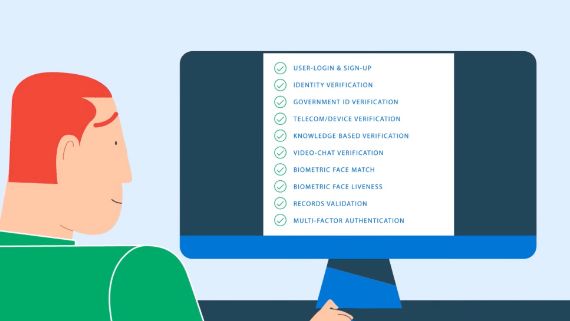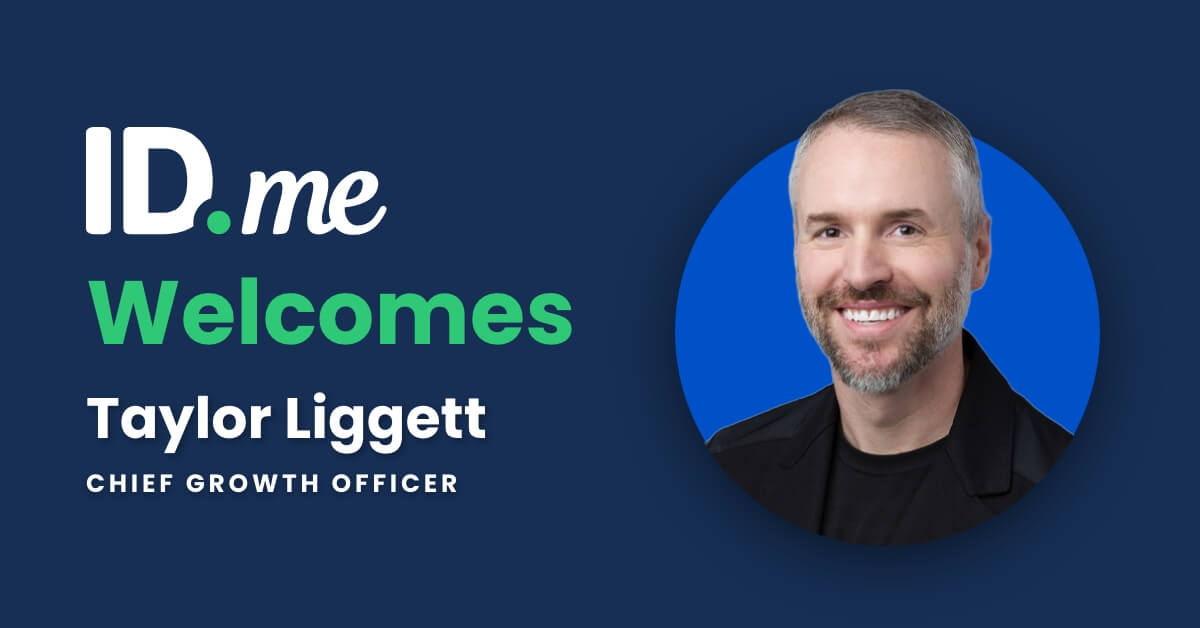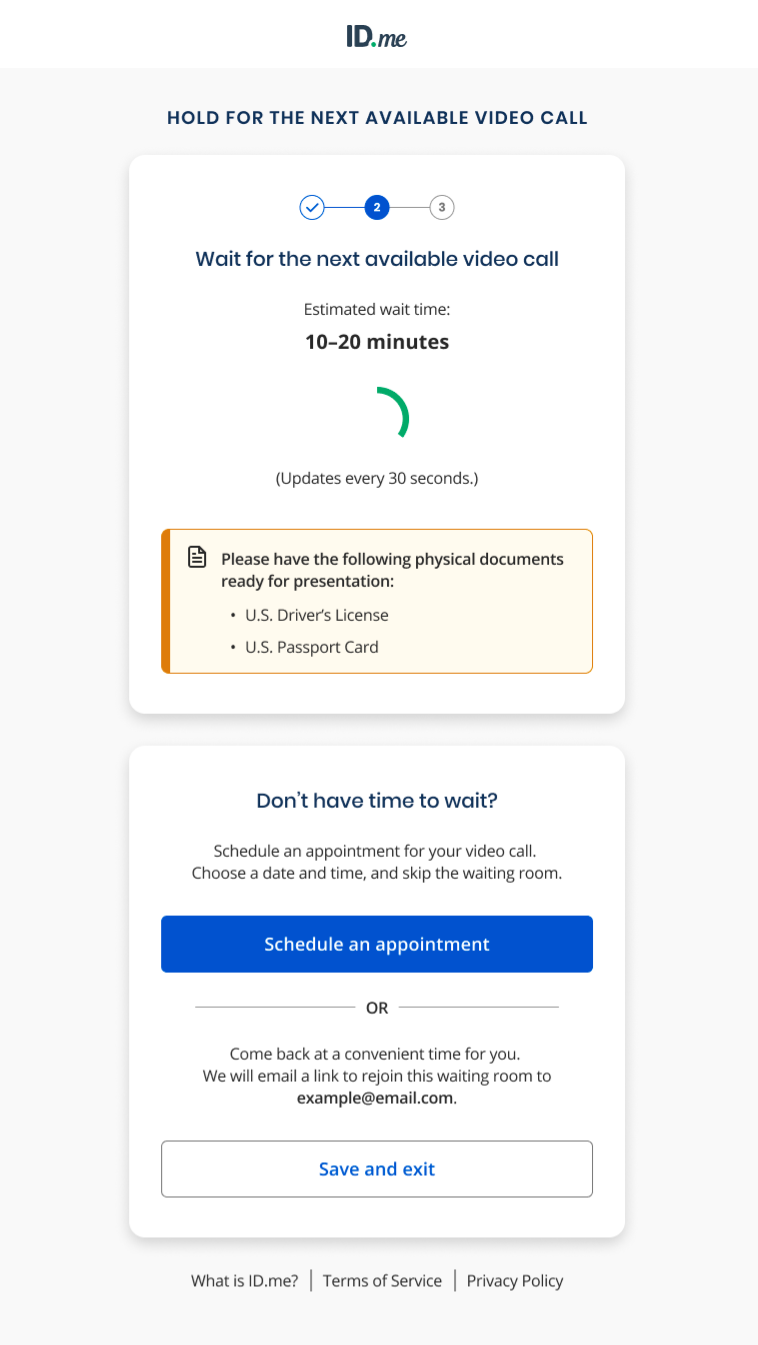You spoke. We listened. And the results are striking.
By David Kensick
ID.me simplifies how individuals prove and share their identity online. Our goal is to provide a system of identity verification that offers security, privacy, and improved access to government services.
We take pride in our ability to increase equitable access to online services for consumers. Last year the IRS commissioner, Hon. Charles Rettig, told Congress that ID.me increased overall access for the IRS from about 40% to over 70%. The Washington Post also noted it is easier for more Americans, including low-income earners and minorities, to access IRS services online.
I joined the team last July with a mission to solve these issues and deliver a safer, more convenient experience for our customers. My background as an operations leader in the military and the airline industry aligned well with this task. Over more than 20 years managing global flight operations for United Airlines, I became proficient in improving processes and analyzing predictive data—skills I could use to quickly identify friction points for our ID.me customers. We began by developing a roadmap to shorten wait times for our video chat agents and provide a smoother experience with more verification options.
Reducing Wait Time
Between 10 and 15% of our users verify with video chat agents. I wanted to figure out how to keep wait times low for them while simultaneously improving their overall experience—all while our network continued to grow. I’ve been in complex operations long enough to know that predicting the future is risky business; we don’t control all of the variables. So we analyzed the data, figured out what we could control, and made positive changes in those areas.
We began by developing advanced algorithmic models to try to better predict customer demand by both hour of day and day of week. Then we built staffing models geared toward greatly reducing wait times for our video chat verification option — and we did, by 86%.
We then ramped up strategic coordination with our partners to better understand forecasted demand. All customer support centers, including ours, need time to train and onboard new agents. Our new process better aligns staffing needs with joint forecasts built alongside our partners. Now when a partner does something that causes a surge in demand, we can staff to meet it. Since making these changes, our users have a much better experience. Over the past two months, our wait times consistently have been less than 10 minutes.
Enhanced Customer Experience With More Options
Since I began as Chief Experience Officer, we’ve also improved our product to give customers more control over their journey through the Video Chat Agent identity verification process. We now offer three options:
- Queue for the next available agent
- Upload identity documents and return to the video queue at a more convenient time
- Schedule an appointment once documents are approved
One Identity
Nine months into my tenure, ID.me has considerably improved customer experience and reduced friction in identity verification. We’ve made these enhancements by becoming obsessed with our customer experience and being true to one of our core values: Think like a scientist. We used data to become predictive and correlate with customer satisfaction data. And along the way we’ve grown our membership from about 40 million two years ago to more than 95 million today.
David Kensick is ID.me’s Chief Experience Officer.





